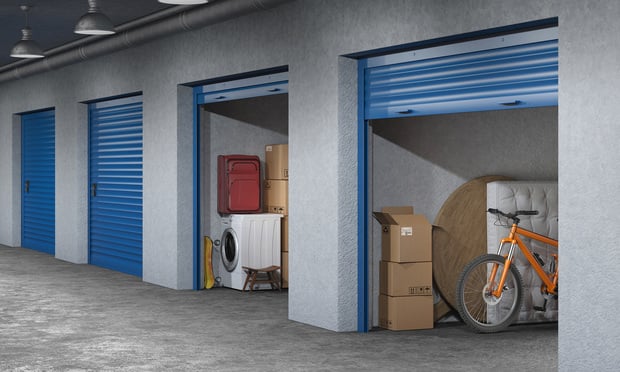"It's ridiculous," J. Reagan Dixon, senior managing director and branch manager of Cushman & Wakefield of Texas Inc., told GlobeSt.com. "Many times, people look at the square footage that's vacant and they don't pay attention to absorption."
Kevin Santaularia, president and CEO for the Bradford Cos., has read the report in its entirety and he says it's not fair to paint the entire region with the same proverbial brush. "The office submarkets at risk are the North Dallas Tollway and Las Colinas, but to brush the entire market with an unfavorable condition is unfair as the DFW office absorption and job growth remains quite healthy," Santaularia told GlobeSt.com.
Dixon has logged 30 years in Dallas' commercial real estate market, watching the region crash in the mid-1980s, rise from the ashes and perform at its current peak level. "Everybody thought we were a bunch of wild Texans down here building just because it felt good," he recalls of the real estate crash. It's just not the same despite what the FDIC is saying, he contends. Eight million sf was absorbed last year, another eight to 10 million sf will be absorbed this year, he says. Sure, there's another two million sf of office space under construction but, he says, "we're absorbing more than twice at what we're completing ... and that's the key."
Santaularia, who has 18 years' experience in Dallas-Ft. Worth commercial real estate, says the region's industrial market is the "beneficiary of the 100,000 plus revised job growth forecasts," where single-digit vacancy rates drive the need for additional development. Bradford, in fact, will begin work in the fourth quarter on industrial projects in Grapevine and Arlington, both of which will cater to the small-user warehouse market, "which has largely been ignored due to national developers' desires to build larger, more sexy boxes," he says. The FDIC report places Dallas in the top 15 industrial markets while he says it more realistically is fifth or sixth nationally, with respect to total supply. Meanwhile, industrial absorption is "well above 10 million sf annually... industrial sounds healthy from here," says Santaularia.
Dixon concurs. "We're in a healthy situation," he too assesses, predicting absorption will continue to outpace construction again next year. And, the rapid leasing of class A and B office space may, in fact, mean more, not less, space is needed to meet current market demands.
The region and its lenders have learned from the past, emphasizes Dixon, acknowledging there's been local talk on occasion for a year or two about the possibility of overbuilding. "We're not like we were in the mid-1980s," he says. "We're self-monitored." Lenders now require some degree of preleasing and a significant amount of equity, explains Dixon. "It's incorrect. We're not overbuilt."
Want to continue reading?
Become a Free ALM Digital Reader.
Once you are an ALM Digital Member, you’ll receive:
- Breaking commercial real estate news and analysis, on-site and via our newsletters and custom alerts
- Educational webcasts, white papers, and ebooks from industry thought leaders
- Critical coverage of the property casualty insurance and financial advisory markets on our other ALM sites, PropertyCasualty360 and ThinkAdvisor
Already have an account? Sign In Now
*May exclude premium content© 2025 ALM Global, LLC, All Rights Reserved. Request academic re-use from www.copyright.com. All other uses, submit a request to [email protected]. For more information visit Asset & Logo Licensing.








